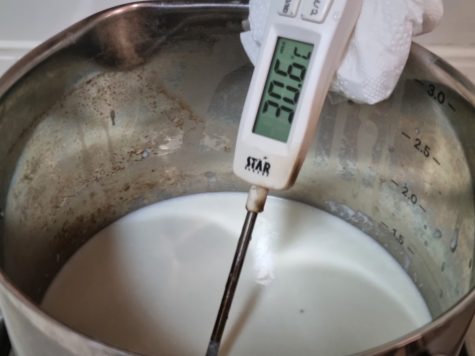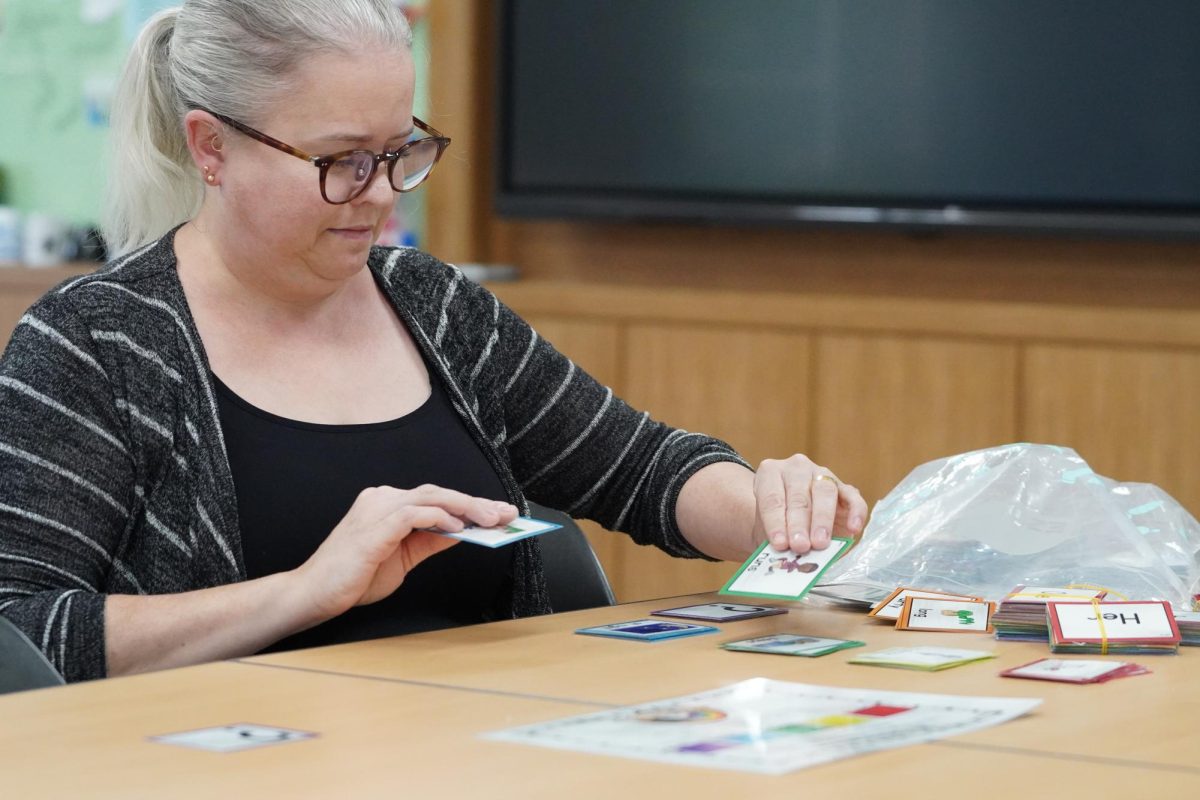The Science Behind Fresh Ricotta Cheese
Colin Ji’s Ricotta Salad Recipe
October 21, 2021


Have you ever bought a ricotta salad muddied with gunky cheese at your local grocery store? Or maybe you’ve purchased a bottle of costly salad dressing lacking in richness, and packed with artificial fragrance? Save those unnecessary expenses for the rest of your shopping cart, because you can make your own fluffy ricotta and a great-tasting salad dressing in the comfort of your own home. All you need to enjoy this dish are some simple ingredients, a little bit of technology, and a whip of olive oil.
The ingredients you’ll need are: assorted greens, heavy cream, whole milk, lemons, and extra-virgin olive oil. Aside from that, there are endless combinations for salad dressing that you can choose from. My favorites are garlic, soy sauce, rice vinegar, lime, ginger, honey, and sesame oil.
What’s fascinating about the formation of ricotta cheese is the separation of the solid curd from a less viscous mixture of milk and heavy cream. The secret behind this miracle is lemon. Vinegar, lemon, and lime are some commonly used acids in cooking. These tart foods are used to enhance flavor, give dishes some refreshing fragrance, create more texture, and balance the heaviness of the food. In this case, I will be using fresh lemon juice to help the acid/heat coagulation of proteins in the milk.
Unlike other kinds of cheese (where casein provides the structure), whey plays a significant role in the ricotta-making process. Typically, cheese is made by putting a coagulase called rennet in the milk to cut a part of casein, breaking up the protein’s polypeptide chains. This reaction allows the milk to coagulate without the work of enzymes. The acid added to the protein lowers the pH so that curds can form. Heating up the mixture also separates the whey from milk, bringing the temperature up and intensifying the flavors.
Start by mixing a liter of whole milk (you can use other kinds, but the amount of fat allows a smooth texture to form) and a 3/4 cup of heavy cream in a big pot. Put the fire on low, because vigorous boiling isn’t conducive to making fine ricotta cheese. The rapid motion of curds will destroy the texture and make the final product oozy, gunky, and unappetizing. Here, we can make use of a culinary thermometer. It’s incredibly beneficial to monitor the temperature of the milk in order to get the best curd.
Then, squeeze the juice of one entire lemon in the pot and gently (but thoroughly) mix for about 15 seconds. Slowly bring the temperature up to about 90 degrees Celsius. Carefully pour that mixture on a piece of cheesecloth, and let it drain and dry until the consistency of the cheese is to your liking.
Now that the cheese is ready, onto the salad. You can buy any vegetables you like to make your own mix, but I prefer buying a pre-packaged box of assorted greens. Wash and dry them carefully. Next, put some ingredients of your choice into a blender – and set it on max. Try the dressing and adjust to taste; I recommend making the flavor more intense than you want it to be, because oil will neutralize the taste. After adding extra-virgin olive oil, toss the mix with some halved cherry tomatoes. Top it off with ricotta cheese and a drizzle of olive oil. In the end, you have yourself a fresh, homemade ricotta cheese salad. Buon appetito!


















































